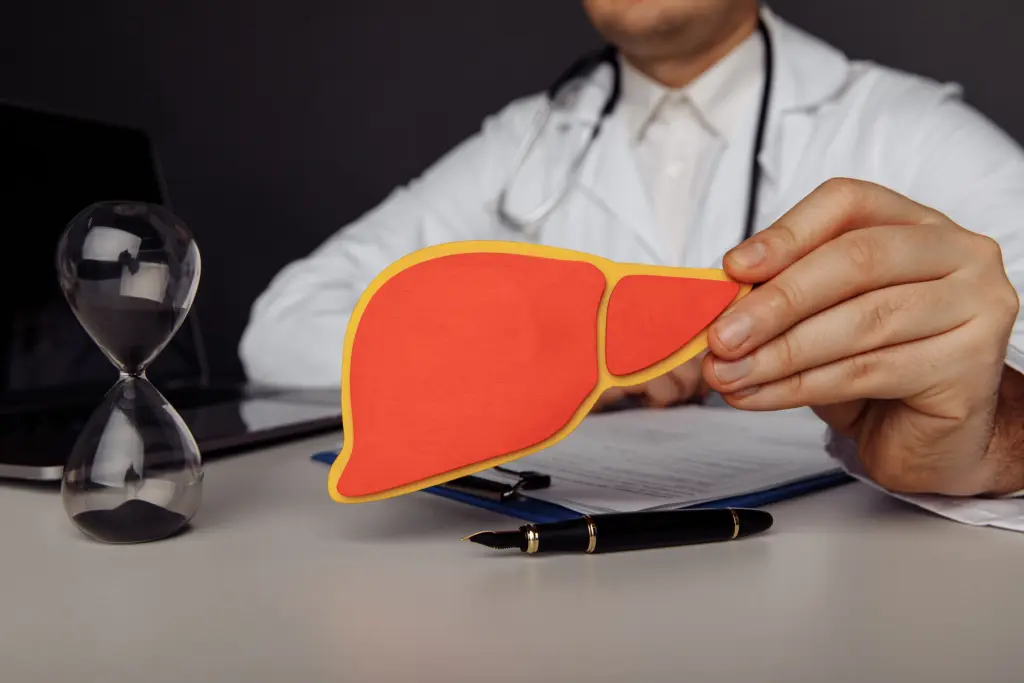
LFT/KFT explained: Blood tests are funny things. On paper, they look like a random collection of numbers and abbreviations like ALT, AST, Creatinine, Urea, etc. Unless you’re a doctor, it feels like someone handed you a secret code without the key. But those “codes” are your body’s way of dropping hints about how your liver and kidneys are holding up. Let’s break it down without the medical jargon overload.
Liver Function Test (LFT): The party manager of your body
Think of your liver as the manager at a really busy club. It checks everyone at the door (detoxifying blood), makes sure drinks flow smoothly (producing bile for digestion), and keeps track of the cash register (storing energy). If the manager gets sick, the whole party goes downhill.
Also Read | What causes liver diseases? The most common conditions explained
The LFT looks at enzymes like ALT and AST. When they’re higher than usual, it’s like the manager yelling, “Hey, I’m under stress here!” This can happen if you’ve been drinking too much, taking certain meds, or if there’s an infection like hepatitis. Another number you’ll see is bilirubin. High bilirubin can make your skin or eyes look yellowish, jaundice. That’s the liver waving a neon sign for help.
Kidney Function Test (KFT): The filters you forget about
Kidneys don’t get as much attention, but they quietly keep you alive every single day. They filter waste from your blood and balance fluids. Imagine your home water filter, it just sits there until one day the water tastes off.
Creatinine and urea are the main markers in KFT. Too high, and it means the filters aren’t doing their job. That’s not something to brush off. Chronic conditions like diabetes or high blood pressure can wear them down over time. And unlike a water filter, you can’t just swap them out when they’re clogged.
LFT/KFT explained: Why these tests matter
Here’s the thing: most people don’t “feel” their liver or kidneys failing until it’s serious. You won’t always have pain or obvious signs. That’s why these tests are often part of routine checkups. They catch the small red flags before they turn into emergencies.

Have you ever heard someone say, “I didn’t even know I was sick until my blood test came back”? That’s not rare. Organs like the liver and kidneys are low-maintenance roommates—they put up with a lot before they start complaining.
How to read LFT/KFT results?
When you get your reports, don’t panic if one number is slightly outside the “normal” range. Labs set those ranges based on averages, and bodies aren’t one-size-fits-all. But if multiple values are off, or way beyond the upper limit, that’s when a doctor steps in to figure out what’s going on. Google won’t give you that context (and usually makes it sound worse).
Also Read | Chronic kidney disease symptoms and stages: What you need to know
LFTs and KFTs aren’t just boring acronyms. They’re an early warning system. If you’ve been feeling off or if you’ve got risk factors like alcohol use, diabetes, or hypertension, paying attention to these tests is smart. You don’t need to obsess over every decimal point, but don’t ignore the signals either.
Your body leaves clues. These tests just translate them.








